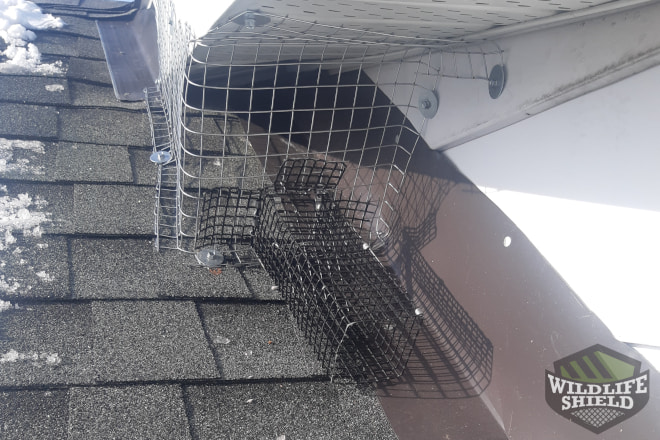It’s a quiet night at home, and you hear what sound like faint scuttling sounds above your head. At first, you think it’s just the normal groans and creaks of an old house. But as the nights go by, the sounds get louder, and you realize something scary: there may be people living in your attic who aren’t making noise. It’s squirrels that are in your attic, and they know how to make it a cozy place to live.
Animals like squirrels, especially the Eastern Grey Squirrel, can live in a lot of different environments. Not only have they done well in our towns, but they’ve also come up with clever ways to live with people, sometimes to our disadvantage. Squirrels may look harmless when they’re playing in your backyard, but when they move into your attic, they can be a real pain.
The Cozy Hideaway in the Attic
For squirrels, attics are the best place to build a nest because they are safe, warm, and out of the way. In contrast to some other animals, squirrels do not sleep in the winter. Instead, they look for safe places to stay warm during the winter. With its insulation and weather protection, your attic is just what the job requires.
Because they are good at climbing, squirrels can quickly get to your roof and look for ways to get into your attic. Damaged roof vents, chimneys without caps, or holes in the eaves and soffits are all common ways for thieves to get in. They don’t waste any time building their nests once they get inside. They build warm homes for themselves and their children out of things they can find, like padding.
How to Tell If You Have a Squirrel Problem
Most of the time, squirrel problems aren’t noticed until they’re well established. There are, however, a few things that can let you know they’re there:
Some clues can be heard: squirrels are busy during the day, and you may hear them scurrying, scratching, or chewing. In the early morning and late afternoon, these sounds may be heard the loudest.
- Droppings: Squirrel droppings look like small pellets and can be found near where they come in and where they nest.
- Wires and Wood Chewed: Squirrels like to chew, and they can damage PVC water pipes in your attic, electrical wires, and wooden supports.
- Materials for Nests: If you look around your attic, you might find nests made of insulation, leaves, and sticks.
- Visible Entry Points: Look at the outside of your house for possible entry points, like chewed or broken areas near the roofline.
What could go wrong if squirrels break in?
In spite of their cute looks, squirrels can be very dangerous to your home.
- Damage to Structure: Their constant chewing and nesting can damage the structure of your attic, including the wires, insulation, and wooden supports.
- Health Risks: You and your family could get leptospirosis and salmonella from squirrel droppings, which is bad for your health.
- Fire Risks: Wires that are chewed can cause electrical problems and could be fire risks.
- Unwanted Noise: The constant sounds of rats running around in your attic can make you lose your peace and quiet.
Taking care of the silent invaders
If you think squirrels are living in your attic, you need to take action right away. It can be hard to use do-it-yourself methods because squirrels are persistent and may find a way back in. Professional pest control services can get rid of the squirrels safely and effectively, fix any holes they’ve dug, and clean up any damage they’ve caused.
Having squirrels in your attic may seem like a quiet problem at first, but their presence can cause a lot of trouble and even damage to your house. You can keep your home safe and squirrel-free by keeping an eye out for the signs and getting professional help when you need it.
At Squirrel Control Lindsay we have many years of experience dealing with squirrels. We focus on safe and ethical wildlife animal extractions from residential and commercial properties with proven methods in accordance with federal and local rules and regulations
